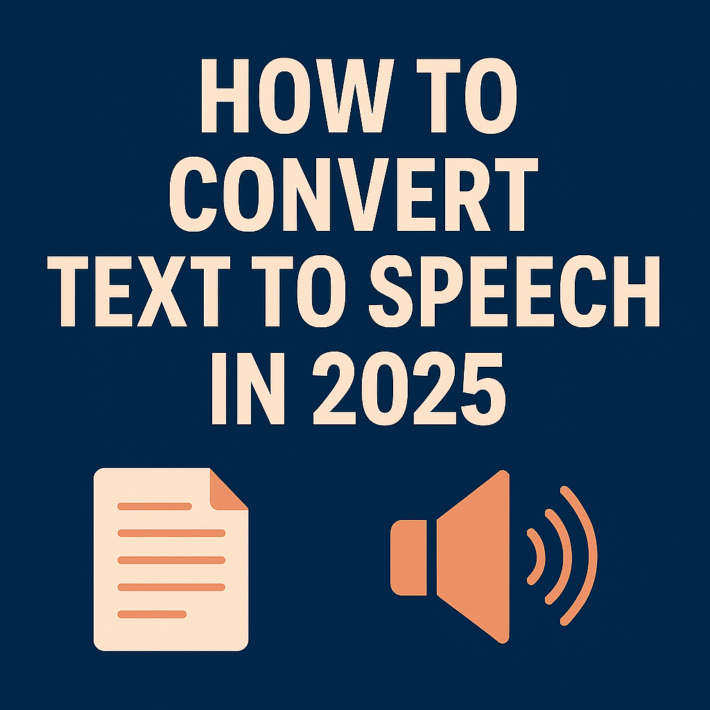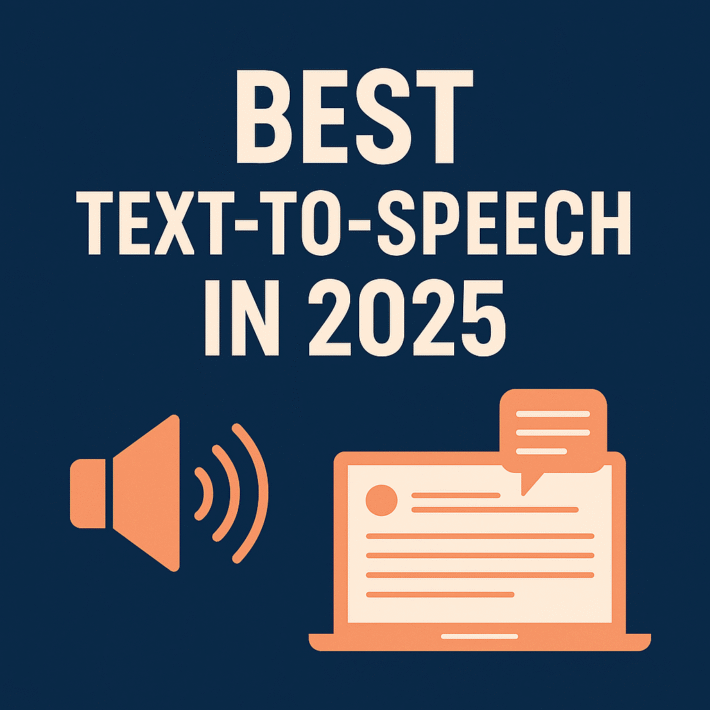AI Voice: How It Works, Why It’s Growing, and What Risks We Face

I open my phone. I hear a voice. It is not real, but it sounds real. This is AI voice. Today, AI voice is everywhere. It is in my phone, in my laptop, in my car. It reads books, it speaks in ads, it helps in hospitals, it trains workers.
The market for AI voice is growing very fast. In 2024, the value is around $3 to $4.9 billion. By 2030, it may cross $20 billion. By 2034, some say it can reach $204 billion. This is huge growth.
But there is a problem too. The same tech that helps people can also harm them. Fake voices, stolen identity, fraud. This is the dark side.
So, in this blog, I will take you through the story. I will show how AI voice works, how the market grows, where it is used, and the risks we face. I will keep it simple. I will tell it step by step.
1. How AI Voice Works
AI voice is not magic. It is a process. It goes through clear steps. Let me explain.
Step 1: Data
First, you need data. Many hours of human speech. Books read aloud, podcasts, TV, and more. The system learns from this. The more data, the better the voice. If the data is rich with accents, tone, and style, the AI will sound real.
Step 2: Training
Then comes training. Here, deep learning models find patterns in sound. They see how people speak, how we pause, how we stress words. They can even copy a person’s voice. This is called voice cloning.
Step 3: Synthesis
Next is synthesis. The AI takes text and turns it into speech. It joins sounds, adds rhythm, emotion, and flow. The goal is to sound human, not robotic.
Step 4: Customization
Last is tuning. Users can change gender, accent, speed, tone. Brands can keep one unique voice for all videos, ads, and calls. This builds trust.
2. The Brains Behind the Voice
The big change in AI voice came from new models. At first, speech tech was rule-based. It sounded robotic. Then came deep learning. It changed everything.
- WaveNet by DeepMind: First big leap. It worked well but was slow.
- Parallel WaveNet and WaveGlow: Faster, real-time voices.
- Tacotron 2: Converted text to spectrograms, then to sound. Very natural.
- Transformers: From NLP to voice. They use attention to handle long text and keep the tone smooth.
- VALL-E: Can copy a voice with just a few seconds of audio.
- GANs: A game of generator vs discriminator. It makes speech even more natural.
These systems all try to do two things: high quality and fast response. Both matter for apps like chatbots, video dubbing, and assistants.
3. TTS vs. Voice Cloning
Here is a key difference.
- TTS (Text-to-Speech): Reads text in a computer voice. Generic, simple. Useful for assistants, maps, announcements.
- Voice Cloning: Copies a real person’s voice. Deep learning captures pitch, tone, style. The result is like a digital twin.
TTS is a tool. Voice cloning is identity. This is why cloning brings big ethical issues.
4. The Market Boom
The AI voice market is exploding. Let us look at numbers.
| Source | 2024 Size | 2030–2034 Forecast | CAGR |
|---|---|---|---|
| MarketsandMarkets | $3.0 B | $20.4 B (2030) | 37.1% |
| Voice AI Wrapper | $3.14 B | $47.5 B (2034) | 34.8% |
| Market Research Future | $17.16 B (2025) | $204.39 B (2034) | 31.6% |
| Straits Research | $4.9 B | $54.54 B (2033) | 30.7% |
No matter the source, the message is clear: growth is very strong.
5. Why the Market Grows
Many factors push this boom.
- Better tech: Low-latency, real-time voices.
- Customer demand: People want natural voices in service calls.
- Content boom: Audiobooks, podcasts, videos need fast, cheap voiceovers.
- Smart devices: Siri, Alexa, Google need voices all the time.
- Money flow: Investors love it. ElevenLabs raised $180M at $3.3B value.
Tech → demand → money → more research. This loop makes the growth even faster.
6. Where AI Voice Is Used
AI voice is not stuck in one place. It is in many fields.
Enterprise
- IVR systems for customer calls.
- Training videos, e-learning.
- Branding with one strong voice.
Companies save money, time, and get scale. Example: Vertiv made training in 14 languages. AgriSphere cut costs by 80%.
Media
- Audiobooks and podcasts in minutes.
- Video dubbing in 30+ languages.
- Global reach.
But pure AI is not perfect. Studies show full AI dubbing can lower retention. Hybrid models (AI + human touch) work best.
Healthcare
- Virtual assistants for patients.
- Voice-based medical records.
- Help for people with speech issues.
Here, AI voice can restore dignity. People with Parkinson’s or MS can sound natural again.
Education
- E-learning with engaging voices.
- Tools for kids or disabled learners.
- Interactive lessons.
This makes learning more personal and more fun.
7. The Risks
With power comes risk. AI voice can harm.
Deepfakes
Fake voices can trick people. Example: Fake Joe Biden robocalls in elections. Fraud, scams, and lies are all possible.
Privacy
A voice can be cloned from seconds of audio. People may not even know. Their voice may be stolen.
Bias
If data is biased, voices may copy harmful tones or stereotypes.
So, AI voice is both gift and threat. Ban is not the answer. Smart rules are.
8. The Law and Voice Rights
The law is not clear. Some rules protect voices, others do not.
- Case: Lehrman v. Lovo, Inc.
The court said voice alone is not trademark or copyright. But New York law gave protection under “digital replica.”
So, in some states you can win a case. In others, maybe not. The legal map is broken. This is a problem for companies.
9. How to Be Responsible
We need rules. Here is a framework:
- Consent – get clear permission before cloning.
- Transparency – label AI voices as synthetic.
- Moderation – stop fake, racist, or harmful use.
- Tech guard – watermark and embed metadata.
Some firms like Microsoft already do this. More must follow.
10. Who Leads the Market
Some platforms stand out.
| Platform | Features | Strength |
|---|---|---|
| ElevenLabs | Voice cloning, emotion, dubbing, API | Realistic, emotional, cheap |
| Murf.ai | 200+ voices, 20+ languages, integrations | Best for business, training |
| Play.ht | 900+ voices, cloning from 30 secs | Good free plan, top cloning |
ElevenLabs is the leader. Murf.ai is strong in enterprise. Play.ht is loved by creators.
11. The Next Trends
The future is clear: more realism. AI voices will add human flaws: pauses, slips, laughs. This makes them feel alive.
Next is emotion. Voices that smile, cry, sound angry. More real, more human.
Then, real-time awareness. Systems that sense tone and reply with context. Not just an output tool, but a partner.
By 2030, AI voice may be like a co-host. It may joke, fact-check, adapt style live. This will change how we interact with tech.
Conclusion
AI voice is a big change. It started simple, now it is smart. It cuts cost, saves time, helps business, helps people. The market is set to grow to hundreds of billions.
But it also brings danger. Deepfakes, stolen identity, legal gaps. The key is balance. Use the tech, but use it with care.
The best path is hybrid: AI for speed and scale, humans for heart and touch. Companies must follow ethics: consent, truth, fairness.
If we do this, AI voice will not just talk. It will connect, teach, heal, and build trust. The future voice may not be fully human. But it can still be good for humans.

